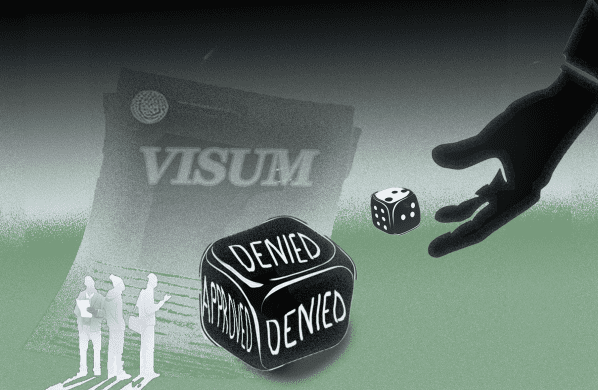“Hjemmelavede” løsninger på bedre og mere ernæringsrig kost er ofte mere effektive og billigere end forkromede donorplaner – f.eks. har Rwanda ladet landsbyerne selv eksperimentere og ikke forlade sig på færdigpakkede løsninger udefra.
JOHANNESBURG, 24 February 2014 (IRIN): Tiny Rwanda in Central Africa has achieved remarkable success in reducing child hunger, and nutrition (ernærings) experts believe there may be lessons here for other countries in Africa.
The UN Children’s Fund (UNICEF), in a 2013 report on progress in tackling malnutrition (under- og fejlernæring), noted that in 2005 more than half of Rwanda’s children under five years of age – about 800.000 – were stunted (under normal højde – sat tilbage i væksten).
“Just five years later, stunting prevalence had decreased from an estimated 52 percent to 44 percent,” the report said.
The Rwandan approach has been to try and find home-grown solutions.
It scaled up community-based (lokale) nutrition programmes in all 30 of the country’s districts, and has also been setting up an almost universal community-based health insurance scheme.
“This was all done with the help of food grown locally, and not packaged interventions provided by donors,” said Fidele Ngabo, director of Maternal Child Healthm addng: “There are thousands of local solutions for hunger…
“Each village comes up with community-based approaches to tackle malnutrition and food insecurity that do not cost money – we are at the centre to provide support and play a monitoring role,” she said.
Examples include the setting up a communal grain reserve (fælles kornlagre) to which each household contributes at least 20 percent of their harvest during a good season, with the stored grain being used during the lean (magre /dårlige) season; or the expansion of kitchen gardens with shared information on the vegetables (grøntsager) to be grown.
Suggestions and proposed solutions are debated in working groups comprising aid agencies, researchers, academics and government officials.
Research needs to be led by Africa, not donors
The Rwandan model could be used in other African countries, where foreign donor-driven initiatives tend to focus on treatment and technical solutions.
Change will only come when nutrition research is led by Africa, and interventions are designed to meet a country’s priorities, according to the findings of a two-year European Union-funded SUNRAY (Sustainable nutrition research for Africa in the years to come) project, published recently in PLOS Medicine, a peer-reviewed journal.
“We need to shake up nutritional research in Africa and turn it upside down,” said Patrick Kolsteren, of the Institute of Tropical Medicine in Antwerp, Belgium, the coordinator of the SUNRAY project.
“Currently, researchers from developed countries search for African partners for joint research, based on funding and research priorities defined outside Africa.
Instead, the research agenda should be based on needs identified within the continent. Calls for research proposals of donors should match this agenda.”
“We did not look at the portfolio of interventions but rather looked at the research agenda. The overall feeling was that this agenda is mainly donor driven and not always in line… with the locally identified needs and priorities,” he said.
“Another reality is that donor aid must have tangible (håndgribelige) results,” he added, noting:
“Results must be measurable,” something that is not always possible with community-based interventions.
Benin example
Læs videre på
http://www.irinnews.org/report/99696/call-for-shake-up-in-africa-nutrition-research














